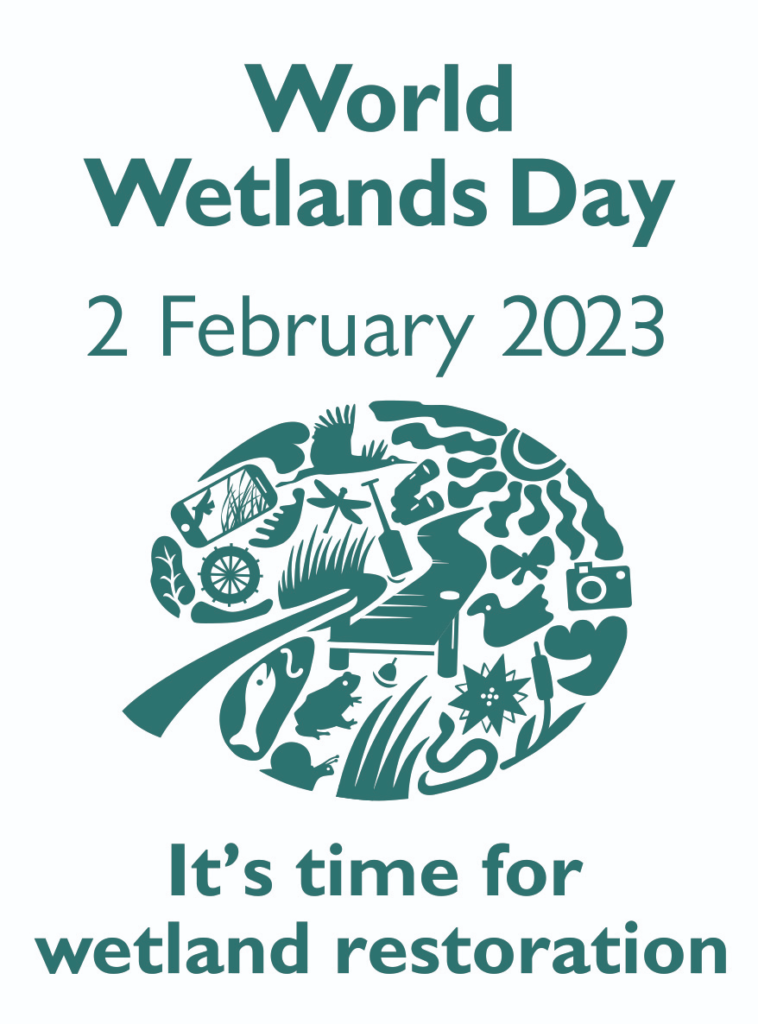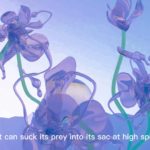Three cartographies and four projects from Master Studio in Advanced Media and Communication to narrate Shanghai as a wetland bioregion
It was a tough semester of online and offline classes but we successfully concluded another edition of the Studio1 for the students of Advanced Media and Communication working on the topic of ecological knowledge and radical sustainability. The studio is framed around the idea to use research as a connector between artistic and design practice and science, using tools of creativity to enhance the understanding of our planet and therefore being able to reconsider our role in it.
For this year, the studio brief expressed around the notion of Bioregion, an ecological concept that help us to see the territory beyond the anthropocentric classification and confinement; in this way a “city” is not only the place of human activities and spaces, but it is framed within a larger scope of ecological reference. At the global scale, bioregions do not define boundaries of geography but instead explore and highlight the relationship that makes the bioregion a functioning system. We are looking at the anthropocentric space of the city (Shanghai) to discover, unfold and narrate its ecological layers. The city is identified as a settlement within a vast area dominated by waterscapes and their wetland qualities.

Wetlands are extremely important ecosystem and during the research we found out that UNESCO has a World Wetland Day: it is an environmentally related celebration which dates back to the year of 1971 when several environmentalists gathered to reaffirm the protection and love for wetlands, the small environments of plant life and organisms found within water bodies that bring about ecological health in abundance to not only water bodies but environments as a whole. (Wikipedia).
This seems a perfect moment to showcase our projects about Shanghai wetlands.
We worked on two projects. In the first phase, we looked at the waterscape as a liminal space between culture/ecology; liminal spaces are “interfaces” between different states of time, space, reality. In our case the “flumen” is the interface between the culture and ecology layers, by exploring this space we produced two cartographies that explain the flumen interface by the geographical structure of Shanghai wetland and by describing its landscape ecology and scales.



In the second phase, we developed four autonomous media artifacts, projects that serve as a proxy of knowledge for users to access the narrative of Shanghai as a bioregion about the wetland and offered a new media perspective on Shanghai ecology.



